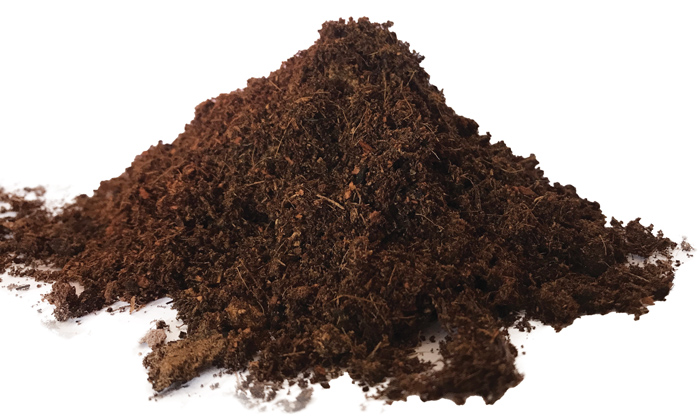August 2021
| RICHARD MCPHERSON, AGRIBUSINESS AND PROJECT MANAGEMENT CONSULTANT |
 |
One of the tools available to farmers to improve crop production yields from their existing farming lands, is soil testing. The test will show the current status and balance of nutrients available for crops on the land or if done after harvesting those to be planted in the next season.
Soil testing is essential for the accurate planning and budgeting for the fertilisation programme to be used for the next crop in the production cycle.
In aiming to produce optimum and profitable grain crops, other factors such as the prevailing climate on a particular block of land, average rainfall received per annum, effective rooting depth, soil structure and classification, cultivation practices, the presence of any chemical or physical impediments for proper root growth, general soil tilth and fertility must be considered.
Previous fertilisation regimes must be evaluated as to their impact on the actual yields realised. The amount of various nutrients used, applied as fertiliser, must be ‘calibrated’ or compared to previous soil tests, targeted yield, fertiliser recommendations, fertiliser applied at planting and additionally side dressed to the actual yields harvested. This analysis will indicate if there were adequate soil nutrients available or not. If not the fertiliser levels of relevant nutrients can be increased for the next crop.

REASONS FOR SOIL TESTING
The soil test will show how the measured fertility levels for the various plant nutrients compare to a range of theoretical or known acceptable levels for crops yields to be matched to the soil potential. Guidelines for achieving these on different soils with different yield potentials have become reasonably well known, in practice, over 70 years of chemical fertiliser use throughout South Africa.
It is important to assess the maximum crop potential of a soil type and depth. A ‘Bainsvlei’ soil with a topsoil depth of 1,5 m on top of a clay level has a high potential of perhaps 6 t/ha of maize. This cannot be compared to a ‘Westleigh’ of 0,6 m on clay with a 3,5 t/ha to 4,5 t/hayield potential. A poorer soil in terms of depth in a high rainfall area might also produce an average of 5 t/ha to 6 t/ha. This soil will thus require the same amount of available nutrients.
Once the production target of land has been determined the soil test results can be used to plan the level of the fertiliser nutrients to be applied. Unless proven from past farm production records or experience that fertilising for maximum yields always works, it is usually financially prudent to only fertilise for the long-term average yields realised. In a good rainfall year with a long term build-up of fertility it has been shown that higher yields are usually realised.
The soil test shows the balance of nutrients in a soil, but not the possible yield potential taking all the factors discussed above into account. Soil test results must be evaluated in this context so that the optimum amount of fertiliser can be given to the next crop.
SOIL TEST FACTORS OR COMPONENTS
Soil tests results usually show, as a minimum, levels of pH or acidity either measured in a water or potassium chloride medium, phosphate (P), potassium (K), calcium (Ca), magnesium (Mg) and sodium (Na) – all in mg/kg, as well as the Ca/Mg ratio, the total Ca plus Mg counts divided by the K ratio, the total cation exchange or availability levels and clay content, zinc levels, sulphur (S) and carbon percentage if requested.
Once you receive your test results from different soils and differing yield potentials the levels can be compared to the accepted norms.
Phosphate
The accepted norms for phosphate (P) are categorised as follows:
An adequate level for phosphate for crop production is 25 ppm.
These norms for all other nutrients are usually shown in the test results form. The required fertilisation levels can then be calculated from tables that show the extraction or nutrient needs of crops at various yield levels.
Nitrogen
An allowance of 20 kg - 25 kg of nitrogen (N) per ton of your crop target yield per hectare can be provided for in addition to the recommendations for P and K in the fertiliser programme.
Consult an experienced farmer or an agronomist to confirm any recommendations for fertilisation made using your soil test results.
Publication: August 2021
Section: Pula/Imvula